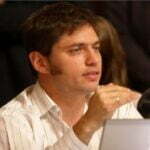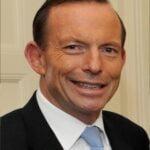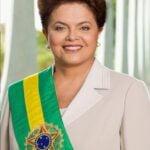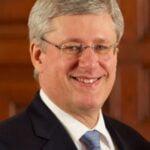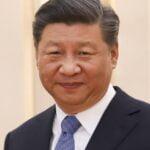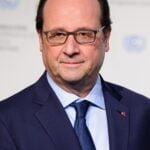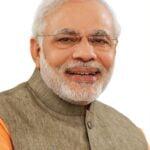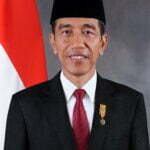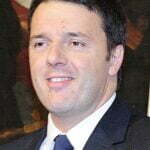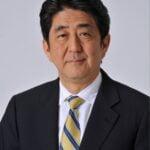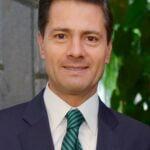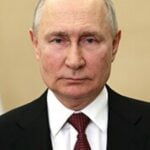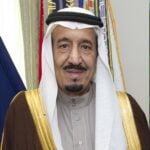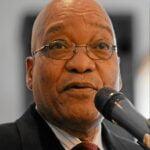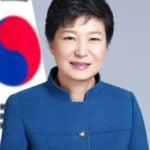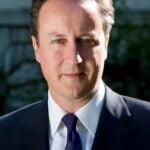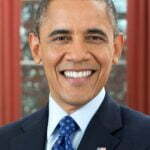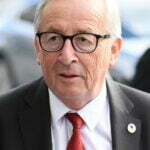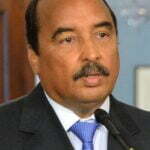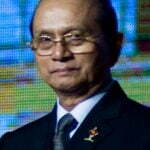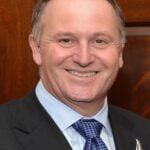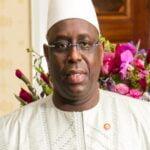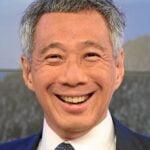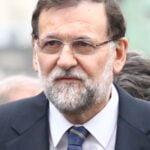2014 G20 Brisbane summit
The G20 Brisbane Summit in 2014 was the ninth meeting of the G20 leaders of government and heads of state. It was held on November 15–16, 2014, in Brisbane, Queensland, Australia. The Brisbane Convention & Exhibition Centre in South Brisbane served as the event’s host site. The event was Australia’s largest peacetime police operation.
| 2014 G20 Brisbane Summit | |
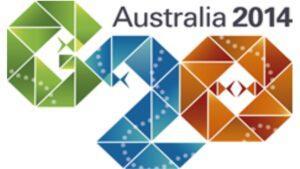 | |
| Host country | Australia |
| Date | 15–16 November 2014 |
| Motto | Acting Together to Lift Growth and Create Jobs, Building a Stronger, More Resilient Global Economy and Strengthening Global Institution |
| Venue(s) | Brisbane Convention & Exhibition Centre, |
| Cities | Brisbane |
| Participants | G20 members Guest invitees: 🇲🇷 Mauritania 🇲🇲 Myanmar 🇳🇿 New Zealand 🇸🇳 Senegal 🇸🇬 Singapore 🇪🇸 Spain |
| Follows | 2013 G20 Saint Petersburg Summit
|
| Precedes | 2015 G20 Antalya Summit |
| website | g20.org |
For the G20, Brisbane was chosen as the host city on December 1, 2013. On November 14, 2014, there was a holiday in the city of Brisbane. Up to 4,000 delegates and about 2,500 media members were planned to attend. This meeting was also open to the leaders of Mauritania, Myanmar, New Zealand, Senegal, Singapore, and Spain.
Agenda
After the global financial crisis, European leaders said they wanted to help the economy revive. European Commission President Barroso and European Council President Van Rompuy both talked about how important it was to coordinate growth strategies, finish agreements on key financial reforms, and take action on tax and anti-corruption issues.
“Give strategic priority to growth, financial rebalancing, emerging economies, investment and infrastructure, employment, and labor mobility,” said Waheguru Pal Singh Sidhu. According to Ross Buckley, an international finance law professor at the University of New South Wales, the summit should have focused on putting current strategies into action instead of trying to reach an agreement on reforms.
This meeting did not include a discussion of climate change because Australian Prime Minister Tony Abbott said he did not want the agenda to be “cluttered” with things that would take attention away from economic growth. According to reports, officials from both the US and the EU were not happy with this move. The issue of climate change was on the agenda at all of the earlier summits.
Australia will have had a big impact on the topic, according to the Australian media. According to Mike Callaghan, director of the G20 Studies Center at the Lowy Institute for International Policy, the G20 meeting should focus on increasing spending on infrastructure, multilateral trading systems, and stopping base erosion and profit shifting (BEPS). The publication of secret tax agreements between more than 340 multinational companies and Luxembourg sparked a debate on tax avoidance (see also Luxembourg Leaks).
Preparations
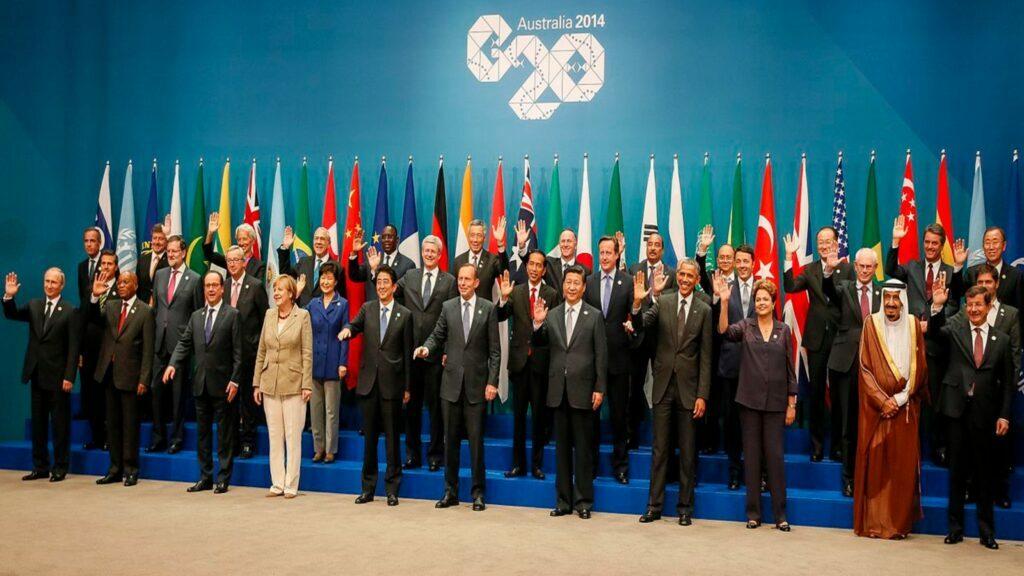
During the G20 Cannes conference in 2011, a request was made to then-Prime Minister Julia Gillard for Australia to host the summit in 2014. Brisbane was chosen over the considerably larger Sydney due to its superior capacity to accommodate substantial surges in aircraft arrivals at Brisbane Airport. Furthermore, the Sydney Convention and Exhibition Centre will be undergoing renovations throughout that period. The G20 (Safety and Security) Act 2013 was approved by the Parliament of Queensland on October 29, 2013.
The occasion entailed a sophisticated security effort. Event organizers were required to provide adequate security protocols to safeguard guests while simultaneously mitigating any inconveniences to local residents and businesses in the urban area. Approximately 6,000 police officers from Queensland, as well as other parts of Australia and New Zealand, were responsible for maintaining security during the event. Additionally, over 600 volunteers offered their support and assistance during the summit.
Temporary road closures were implemented between the core business district and Brisbane Airport. Approximately 1,500 security specialists, including troops from other states and countries, were deployed alongside thousands of Queensland police officers to conduct patrols. Public transportation services experienced a decrease in frequency and coverage inside the core business area and the neighboring suburbs. A dedicated wing in a prominent Brisbane hospital was allocated exclusively for the utilization of global leaders during the summit.
A government wireless network with robust security measures was necessary to facilitate public safety communications during the summit. Telstra implemented the network in Brisbane, the Gold Coast, and Cairns before the event and subsequently expanded its coverage to encompass south-east Queensland.
The Australian Government leased 16 bomb-resistant Mercedes-Benz S-Guard limousines specifically for the summit, at a total expense of AU$1.8 million. However, certain world leaders, such as Barack Obama and Vladimir Putin, intended to bring their own automobiles.
A total of 800 individuals participated in a security drill on October 6, 2014. The exercise aimed to evaluate the effectiveness of security protocols, crowd control measures, and transportation arrangements, lasting for more than 10 hours. The event featured actors playing the roles of delegates. It included a simulated arrival of a world leader on a Qantas Boeing 737-800 at Brisbane International Airport. The leader was then escorted in a motorcade consisting of 13 vehicles, including police motorbikes, cars, sedans, vans, an SUV, and a ute. The motorcade traveled from the airport to a hotel in Brisbane.
The anticipated expenditure for holding the event amounted to approximately AU$400 million.
Associated meetings
In 2014, G20 finance ministers and central bank directors got together more than once. On February 21–23, 2014, a meeting was held in Sydney. In September 2014, a meeting was held in Cairns, Queensland. Countries that attended the meeting in September decided to automatically share tax information with each other to cut down on tax evasion. In 2014, a meeting of G20 finance and central bank deputies was held in Canberra. In July 2014, the Youth 20 Summit was the official G20 event for young people. It took place in Sydney. In July, G20 trade ministers met in Sydney, and in September, the regular G20 Labour and Employment Ministerial Meeting took place in Melbourne. To get ready for the ministerial meetings, meetings of public workers at all levels took place throughout the year.
Security measures
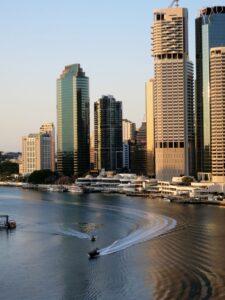
A declared area went into effect on November 8, with several restricted areas to be fenced and police-patrolled. Ordinary citizens’ freedom of movement was restricted. According to the G20 (Safety and Security) Regulation 2014 and Section 12 of the G20 (Safety and Security) Act 2013, residents of these areas were required to obtain a security certification and a security pass for their vehicle. Residents who did not receive a security certification were expelled from the area and compensated for housing costs.
The G20 legislation suspended significant civil liberties, including the absolute right to arrest without a warrant, in addition to the Police Powers Act of 2000, to detain people without charge, to predispose courts to deny arrested individuals bail, and to conduct extensive warrantless searches of the person. Officers were backed by harsher penalties for disobedience of legal directives. During the G20 meeting dates, the 1992 Peaceful Assembly Act was suspended. The size of placards, as well as demonstration permission and protest location, were strictly regulated. During this time, legal observers were present to observe the use of police force. As a result of the law, substantial fines were enforceable. The majority of violations carried sanctions between 50 and 100 penalty units. A penalty unit cost $110 in 2014.
Attendance
Due to illness, Argentine President Cristina Fernández de Kirchner was unable to attend this summit, making it the first occasion in history that an Argentine President was absent. In her place, Economy Minister Axel Kicillof represented her.
Issues involving Russia
Some people in Australia and other places didn’t think Russian President Vladimir Putin should have been able to go to the G20 meeting because of Russia’s actions after Malaysia Airlines Flight 17 was shot down and earlier this year’s pro-Russian actions in Ukraine. Julie Bishop, Australia’s foreign minister, talked to other G20 countries about keeping Putin out of the meeting. She said that after talking to them, there wasn’t enough agreement to keep him out. In July 2014, a poll found that 49% of Australians did not think Putin should be able to go. In September, it was announced that Putin would be there. Abbott said, “The G20 is an international gathering that works by consensus; it’s not Australia’s right to say yes or no to individual members of the G20.”
Russia sent a group of warships into international waters off the coast of Australia in November 2014 to go with Putin on his trip. There was Varyag, Marshal Shaposhnikov, a salvage and rescue boat, and a replenishment oiler in the fleet. In response, Australia sent Stuart and Parramatta, along with a P-3 Orion spy plane, to keep an eye on the Russians. Russia had sent warships with presidents to foreign summits before, but this was the first time that such a large fleet had been sent, and the host country had not been officially told about it.
Before the official start of the summit, there was a secret retreat for leaders. At that retreat, Canadian Prime Minister Stephen Harper told Russian President Vladimir Putin, “I guess I’ll shake your hand, but I have only one thing to say to you: You need to get out of Ukraine.” The event happened when Putin walked up to Harper and a group of G20 leaders and put out his hand to shake Harper’s. A member of the Russian group said after the event that Putin’s answer was, “That’s impossible because we are not there.”
Participating leaders
|
|
|
|
|
|
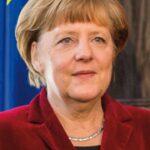 Germany |
|
|
|
|
|
|
|
|
|
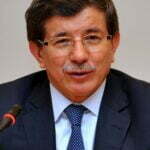 Turkey |
|
| |
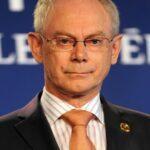 European Union |
|
Invited guests
|
|
|
|
|
|
There were four days in November when world leaders came to the United States. On November 12, South African President Jacob Zuma and OECD Secretary-General Jose Angel Gurria both arrived. Zuma came on a Fortune Air Boeing 727-2N6 (Adv), and Gurria came on a private flight. On the 13th, Christine Lagarde, Managing Director of the IMF, and Kyung-hwan Choi, Deputy Prime Minister and Finance Minister of the Republic of Korea, arrived on charter flights. Crown Prince Salman of Saudi Arabia arrived on a Saudi Arabian Royal Flight Boeing 747SP-68, and Dilma Rousseff of Brazil arrived on a Brazilian Air Force Airbus VC-1 (Airbus A319). President Herman Van Rompuy of the European Council, Macky Sall of Senegal, Mark Carney, Chairman of the FSB, and Lee Hsien Loong of Singapore all arrived on charter planes on the 14th. Turkey’s Ahmet Davutuglu arrived from a Turkish Government Airbus A330-243, South Korea’s Park Geun Hye from a South Korean Air Force Boeing 747-4B5, Mexico’s Enrique Pena Nieto from a Mexican Air Force Boeing 757-225, India’s Narendra Modi from an Air India Boeing 747-437, Japan’s Shinzo Abe from a Japanese Air Force Boeing 747-47C, Indonesia’s Joko Widodo from an Indonesian Air Force Boeing 737-8U3(BBJ2), Australia’s Tony Abbott and the United Kingdom’s David Cameron from a Royal Australian Air Force Boeing 737-7DT(BBJ), Argentina’s Minister for Economy Axel Kicillof from a Cat Aviation Dassault Falcon 7x business jet, Spain’s Mariano Rajoy from a Spanish Air Force Airbus A310-304, the United States Secretary of the Treasury Jacob Lew from a United States Air Force Boeing C-32A(Boeing 757-200), Mauritania’s Mohamed Ould Abdel Aziz from a Mauritania Airlines’ Boeing 737-7EE, Russia’s Vladimir Putin from a Rossiya Special Flight Squadron Ilyushin Il-96 300PU, Germany’s Angela Merkel from a German Air Force Airbus A340-313X, China’s Xi Jinping from an Air China Boeing 747-4J6 and Canada’s Stephen Harper from a Royal Canadian Air Force Airbus CC-150 Polaris(Airbus A310-304). Jean-Claude Juncker, Director General of the ILO; Guy Ryder; Taro Aso, Finance Minister of Japan; and Thein Sein, President of Myanmar, all arrived on charter planes on the 15th. Obama got to the RAAF’s Amberley Air Force Base on Air Force One, a Boeing VC-25A (Boeing 747-200) from the US Air Force. He then got on Marine One, an air motorcade of helicopters run by the US Air Force and US Marine Corps, to get to Victoria Park in Brisbane, where his personal motorcade took him to the retreat. The leaders of France and Italy each arrived on Airbus A330-223s. Matteo Renzi came on an Airbus A319-115 (CJ), and John Key of New Zealand came on a Royal New Zealand Air Force Boeing 757-2K2 (C). A lot of the world leaders got there on the 14th.
Outcomes
After the meeting, the G20 leaders put out a joint statement that summed up the things they agreed on. Concerns about the economy were emphasized, with plans to boost global economic growth, create jobs, boost trade, and lower poverty. The communiqué sets the goal of boosting economic growth by an extra 2% through the summit’s promises and of boosting infrastructure investment by setting up the Global Infrastructure Hub, a four-year hub that will connect the government, the private sector, development banks, and other interested international groups.
The communiqué also talked about the security of global systems and included steps to lower risk in financial systems, make international tax arrangements more fair, cut down on corruption, and make global institutions stronger. The communiqué mostly talked about economic issues, but it also talked about other things, like energy production, climate change, and the Ebola virus outbreak in West Africa.
